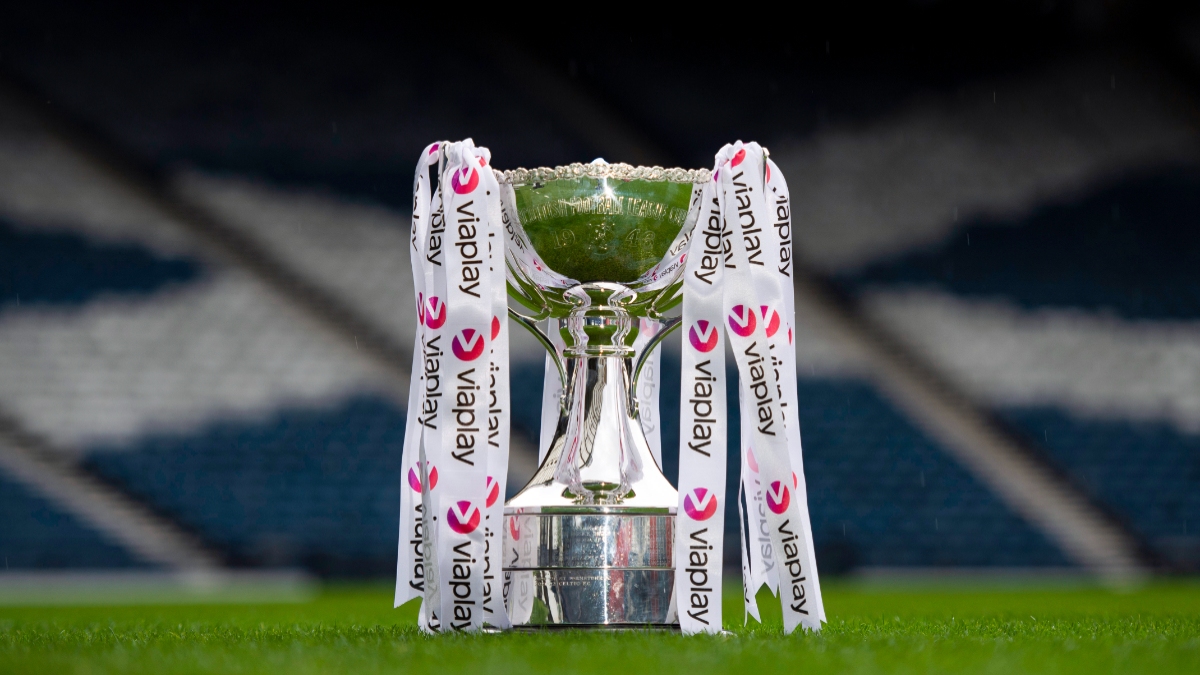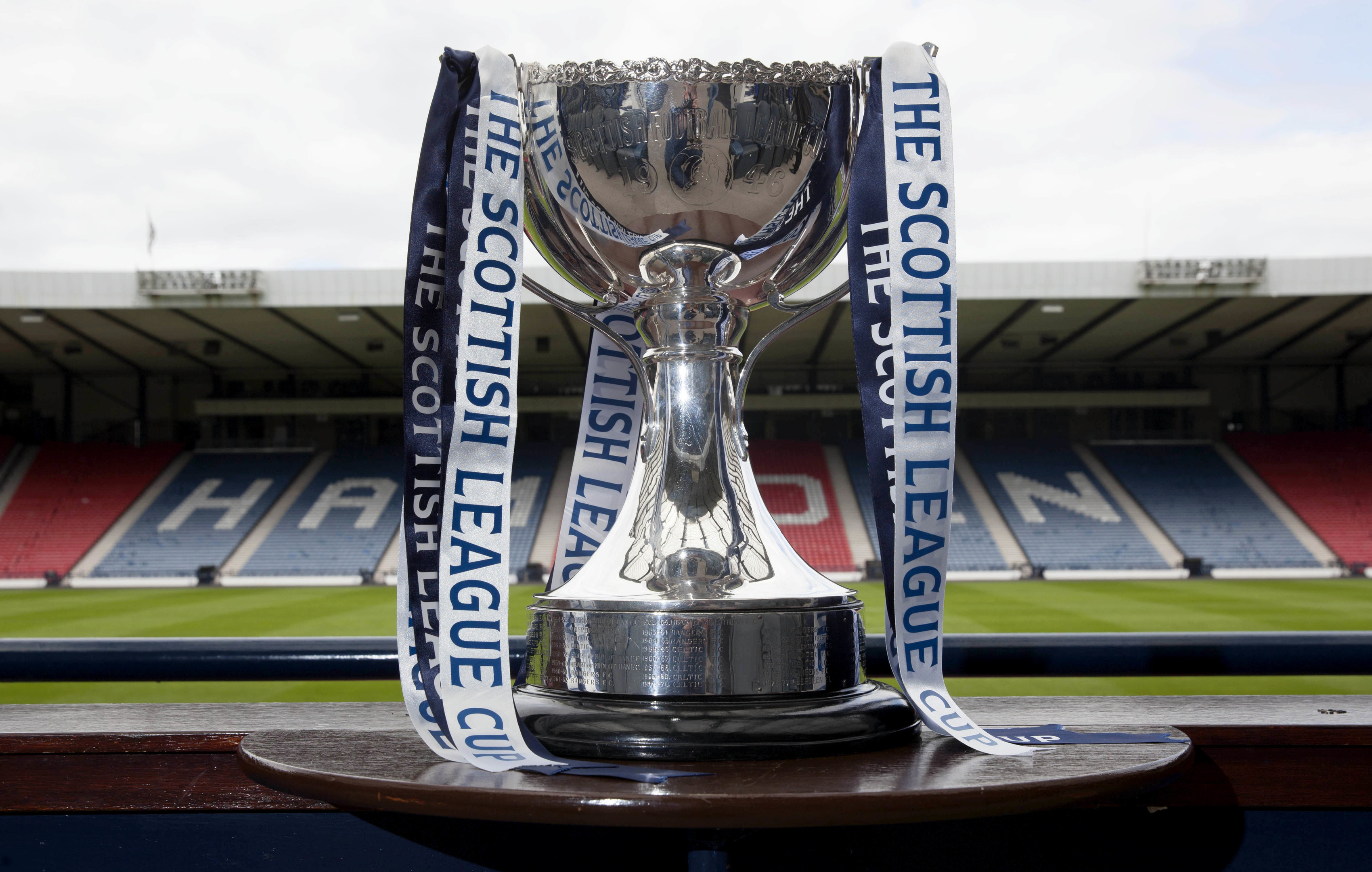League Cup games Scotland represent a significant part of the nation’s footballing heritage. This competition, spanning decades, has witnessed thrilling matches, surprising upsets, and the rise of countless stars. From its humble beginnings to its current format, the League Cup has shaped Scottish football, providing a platform for emerging talent and captivating fans with its unique atmosphere.
This comprehensive overview delves into the history, format, participating teams, and cultural impact of the Scottish League Cup, offering insights into its evolution and enduring appeal. We’ll examine memorable moments, analyze team performances, and explore the financial and social aspects of this beloved tournament.
A History of the Scottish League Cup: League Cup Games Scotland
The Scottish League Cup, a significant part of Scottish football’s landscape, boasts a rich history marked by evolving formats, memorable matches, and the rise and fall of various clubs. This competition has served as a platform for showcasing talent, fostering rivalries, and contributing significantly to the overall development of the sport in Scotland.
Evolution and Significant Moments
Established in 1946, the League Cup initially featured a regional group stage followed by a knockout phase. Early years saw dominance by the Old Firm (Celtic and Rangers), a trend that would continue, though not without interruption, throughout its history. Significant rule changes occurred over the years, including modifications to the group stage format and the introduction of a play-off system for certain rounds.
The competition’s structure has been refined several times to accommodate changes in the number of participating teams and to maintain a balance between competitiveness and logistical feasibility. The introduction of television broadcasting significantly impacted the competition’s financial viability and overall exposure.
- 1946: The Scottish League Cup is founded.
- 1960s-1970s: Celtic and Rangers establish themselves as dominant forces.
- 1980s-1990s: The rise of other clubs like Aberdeen and Dundee United challenges the Old Firm’s hegemony.
- 2000s-Present: Increased competitiveness with more clubs vying for the title.
Notable statistics include the record number of wins by Celtic and Rangers, along with individual player records for goals scored and appearances.
Participating Teams and Their Performance

All 42 teams from the Scottish Professional Football League (SPFL) participate in the League Cup. Teams are categorized by their league (Premiership, Championship, League One, League Two) and geographical location (Highlands and Islands, North East, North West, Central Belt, South West). A detailed breakdown of team performance across the history of the competition is challenging to compile fully here due to data limitations, but a sample of top performers is presented below.
| Team Name | Region | Number of Appearances | Best Performance |
|---|---|---|---|
| Celtic | Central Belt | 78+ | Winner (21+) |
| Rangers | Central Belt | 78+ | Winner (28+) |
| Aberdeen | North East | 78+ | Winner (4) |
| Dundee United | Tayside | 78+ | Winner (1) |
Celtic and Rangers’ dominance is undeniable, with numerous title wins and appearances in the final. Aberdeen’s consistent success represents a significant challenge to the Old Firm’s dominance, showcasing the competition’s ability to produce unexpected outcomes.
Notable Matches and Moments, League cup games scotland
The League Cup has witnessed many dramatic encounters and unforgettable moments. Three memorable finals, a significant upset, and a high-scoring match exemplify the competition’s thrilling nature.
Memorable Finals

- [Final 1 Details]: A brief description of a memorable final, including the teams involved, the scoreline, and key moments.
- [Final 2 Details]: A brief description of another memorable final, highlighting the context and significance of the match.
- [Final 3 Details]: A brief description of a third memorable final, focusing on the key players and the outcome.
Significant Upset
A description of a significant upset, specifying the teams involved, the scoreline, and the factors contributing to the unexpected result. This could include underdog tactics, poor performance by the favored team, or other contextual factors.
High-Scoring Match
Details of a high-scoring match, explaining the factors that contributed to the unusually high number of goals. This could include attacking formations, defensive errors, or other match-specific circumstances.
Format and Structure of the Competition
The current format involves group stages followed by knockout rounds. This contrasts with earlier formats that had different group structures or lacked the preliminary group stages altogether. A flowchart below would illustrate the progression, though creating one in HTML is beyond the scope of a simple text response.
The current format prioritizes competitive balance and provides opportunities for lower-league teams to compete against Premiership sides. Previous formats may have emphasized certain aspects more heavily, like regional representation or a more straightforward knockout structure. The evolution of the format reflects the changing priorities and dynamics of Scottish football.
Impact of the League Cup on Scottish Football
The League Cup plays a crucial role in the development of Scottish football talent. It provides opportunities for younger players to gain experience at a competitive level and showcase their abilities to a wider audience. The competition contributes to the overall talent pool, allowing less established clubs to compete against top-tier teams and nurture their players. While perhaps not as prestigious as the Scottish Cup or the Premiership, the League Cup remains a vital stepping stone in the career progression of many players.
Fan Culture and Atmosphere
League Cup matches typically generate a passionate atmosphere, particularly when local rivals clash. Fan engagement varies depending on the teams involved and the stage of the competition. While the overall fan base might be smaller compared to the Premiership, the League Cup still attracts significant support, especially for matches involving popular teams. A marketing campaign could focus on highlighting the unique aspects of the competition, such as underdog stories and memorable moments, to enhance fan engagement.
You also can understand valuable knowledge by exploring england league one predictions.
Financial Aspects of the League Cup
The League Cup’s revenue streams primarily consist of broadcasting rights and ticket sales. Prize money is distributed among participating teams, with higher rewards for progressing through the tournament. The financial impact on individual clubs varies significantly depending on their performance and the level of broadcasting revenue they receive. Compared to the Premiership, the financial rewards are generally lower, but the competition still offers a valuable source of income, particularly for smaller clubs.
The Scottish League Cup continues to be a vital component of the Scottish football landscape, providing a thrilling competition for players and fans alike. Its history is rich with memorable matches and iconic moments, while its future promises more exciting chapters. From the passionate fan base to the financial implications, the League Cup’s influence is undeniable, ensuring its continued place in Scottish football’s narrative.

